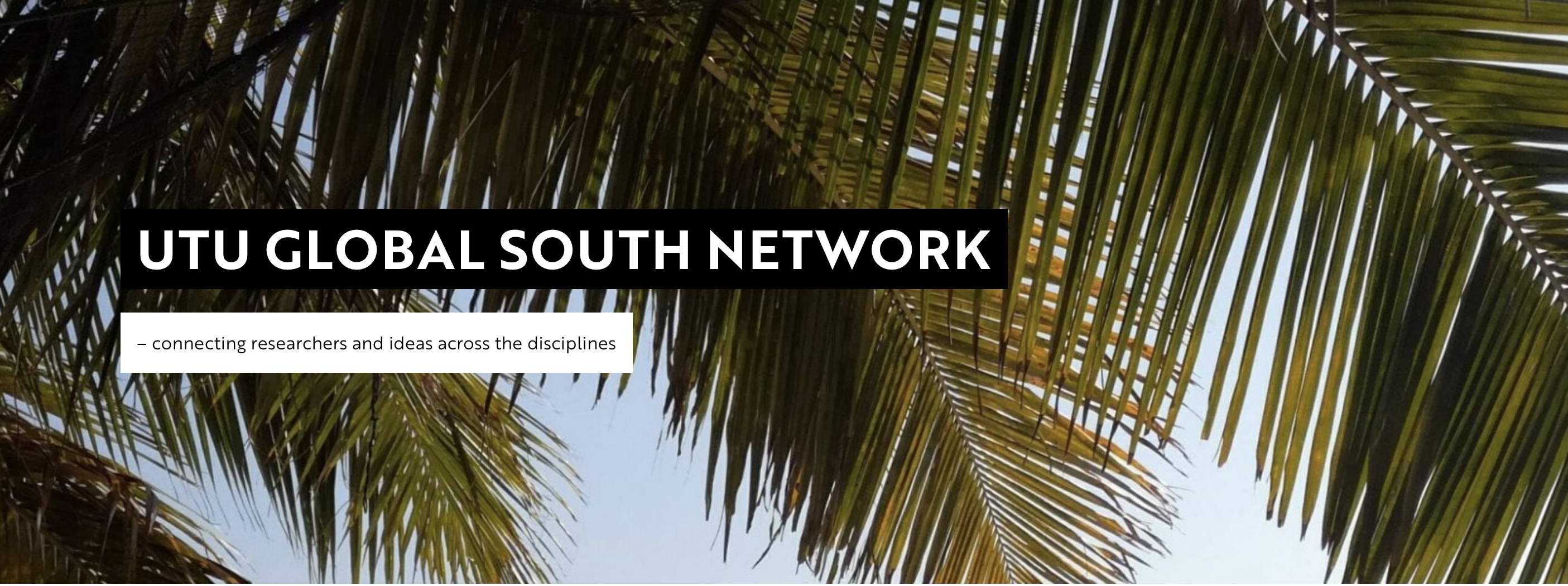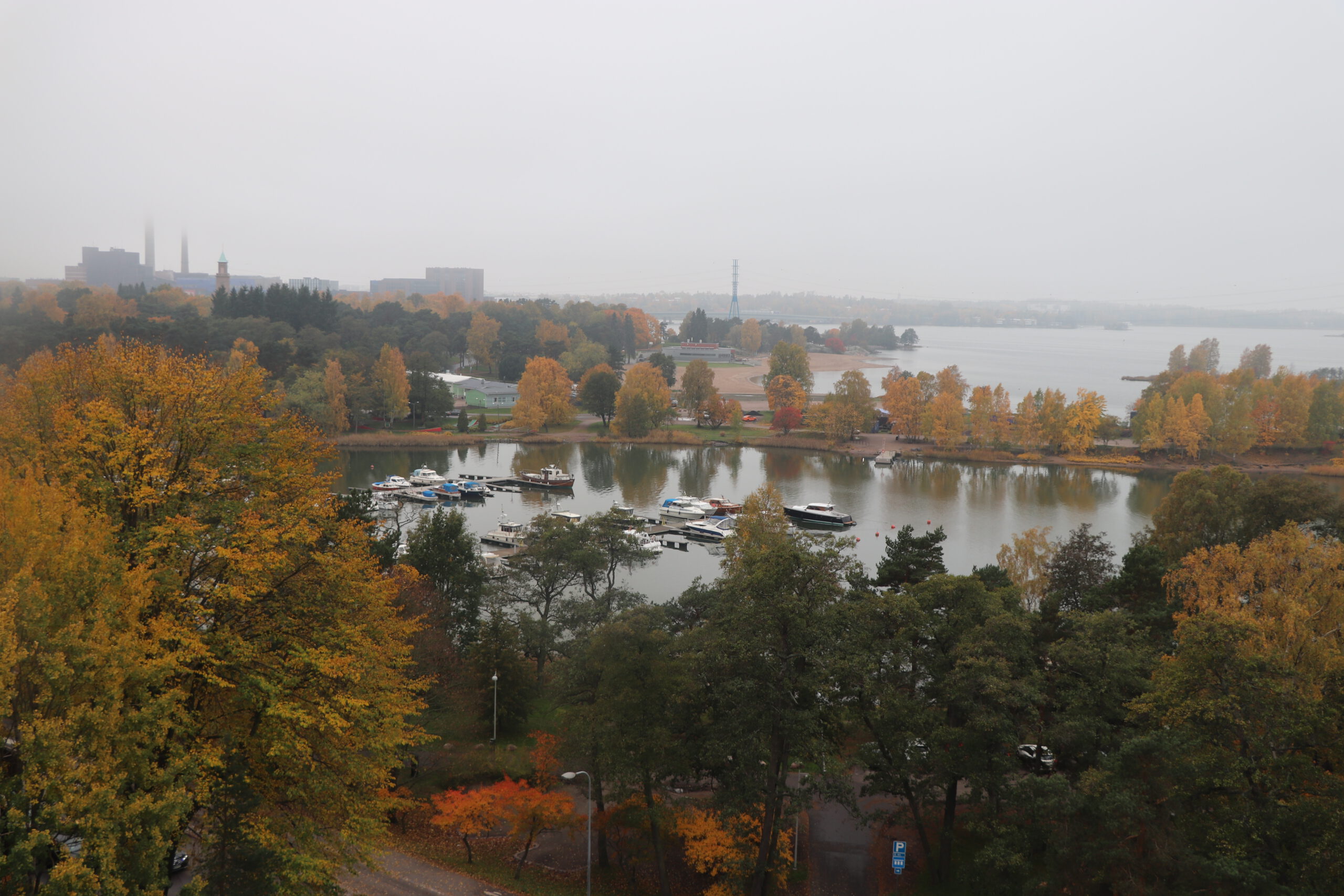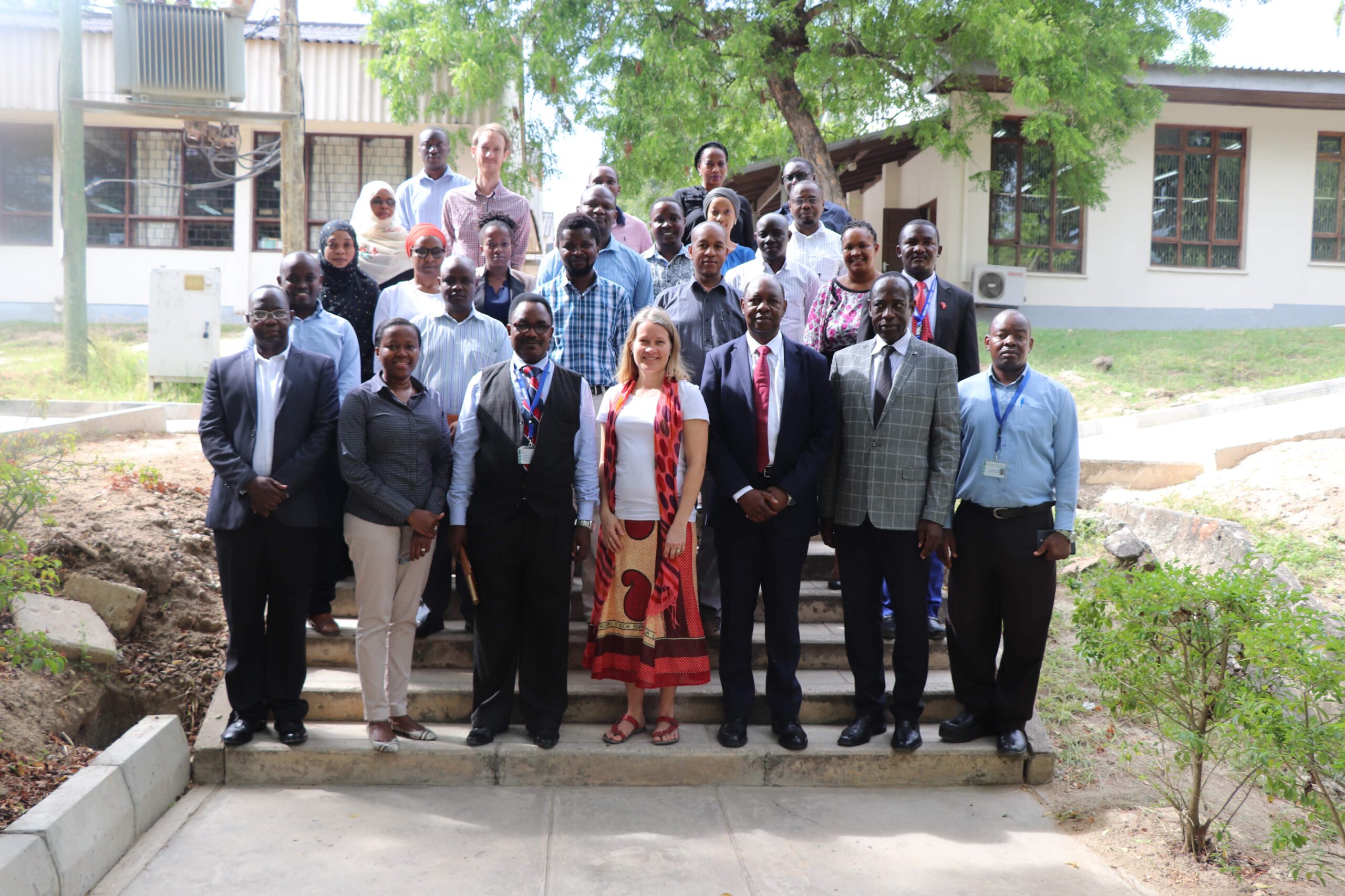In Tanzania, community mapping started in 2011 with a project called “Ramani Tandale”. This project invited community members of Tandale ward in Dar es Salaam to participate in data collection using very simple mapping tools – for example GPS, Modem, Notebooks, Pens, and Cameras. Over one month, assisted by students, these community mappers had covered an area of about 1.17 km2 with the total population of 54,781 (2012 Census). Data collected included features like drainage systems, buildings, churches, schools, roads, flood prone areas, etc. The same methodology was then used for the much more extensive Ramani Huria project, with a specific aim to improve the city’s flood resilience. Using the same simple tools, flooded areas, blocked drainage, inaccessible roads, areas affected by Malaria, and affected houses were identified using the knowledge of community and university students.

Informal settlement in Mozambique is increasing every year which leads to a shortage of infrastructure – eg. roads and drainage systems – and an eruption of disease. Furthermore, heavy construction in these settlements obstructs water movement, leading to increased flooding, particularly during rainy seasons. Inspired by the success of the Ramani Huria project methodology, community mapping is going to be employed by MapMoz in Mozambique. MapMoz is the project under the World Bank in Mozambique that plans to train community members to use simple tools to collect information related to flooding. Community mapping in Mozambique, as it has been applied in Dar es Salaam, is going to be piloted in two municipalities, Maputo and Matola, to collect valuable information using community knowledge. The information to be collected will cover frequently flooded areas, drainage systems, buildings, hospitals, schools, etc. This unique form of data collection will help the community to participate in identifying more dangerous areas and will also increase their disaster resilience by showing the areas at greatest risk of flooding. The rich data will be valuable to all stakeholders, helping government and other organizations to analyze and discuss solutions to important infrastructural issues.

MapMoz shows how the Dar es Salaam community mapping methodology is spreading across the continent, recognizing that community members can collect valuable information that will help with planning and decision making.




